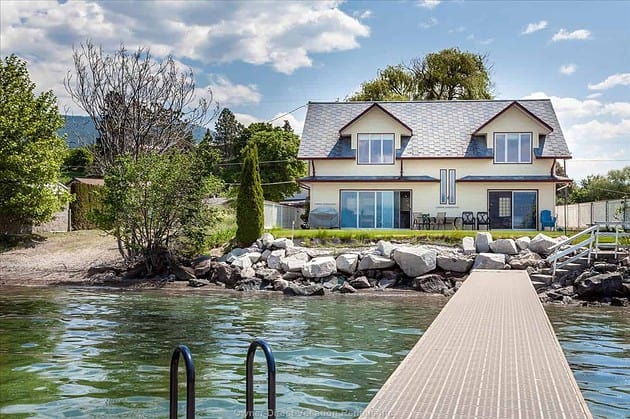If you have a traditional 2b/1ba apartment in the middle of the city, it’s fairly easy to figure out the appropriate rental price. You just run a few numbers, study the comps, and that’s your rate. But if you have a unique property that’s unlike anything else in the area, where do you begin?

How Are Rent Prices Determined?
It’s important to begin with a very basic lesson in economics. Because in order to understand how rental prices are set, you have to start with some understanding of what’s happening underneath the surface.
While there are dozens – and possibly hundreds – of factors that impact your rent price, it ultimately comes down to the two levers of supply and demand. As each of these levers moves, rent prices fluctuate to reflect these undulations.
With high supply and low demand, rental prices are suppressed. In this type of market, renters have all the leverage and can patiently wait for the right option to come along.
With low supply and high demand, rental prices are high. In this market, landlords have the leverage and are able to use increased interest to justify a higher rate.
In some cases, supply and demand are roughly equal. In this case, you can look at the going market rate for the local market and determine precisely how much people will pay. However, when you have a unique property, there aren’t always comparables to analyze.
The question becomes, how do you determine fair (and profitable) market rent?
Setting a Rent Price for a Unique Property
A unique property is any property that doesn’t match up with multiple other comparable properties in the local market. These properties may have a different architectural style, lots of acreage, unique amenities, or any combination of the three.
Here are some things to do as you consider setting your rent price:
1.Use a Rental Estimate Tool
Despite the fact that you have a unique property, it’s always a good idea to begin with a rent estimate report using a tool like RentSpree.
With these tools, you don’t have to guess or take wild stabs at pricing based on a gut feeling. Instead, you plug in the details about your property and its proprietary algorithm looks at factors like square footage, bedrooms, location, historical rent, current rent, and unemployment rates to determine an accurate rent estimate.
If you have a traditional property, these rent estimates are usually spot-on. With a unique property, you might have to flex the numbers one direction or the other to come up with the perfect price. But either way, it gives you an excellent starting point.
2.Consider the Amenities
It’s important to know precisely what makes your property unique. Then, based on that info, you have to determine whether these unique features are positives or negatives.
A positive unique amenity might include 100 acres of private hunting land that comes with the home. A negative unique amenity would be something like gaudy 1980s architectural elements. Go through each amenity and consider whether it adds or subtracts value.
3.Think About Your Target Renter
It’s helpful to zero in on who your target renter is so that you understand how to market the property. A property that’s marketed to the right demographic can go for a higher rent price than one that’s incorrectly marketed to the wrong demographic. Keep this in mind as you write the listing copy, take pictures, and advertise the property.
4.Remember the Importance of Location
Never underestimate the importance of location. You can have a unique property that’s ugly as sin, but if it’s located in the middle of a highly sought-after location, you won’t have any trouble getting a high rent price. Likewise, you might have the cutest little bungalow, but if it’s situated in the middle of a rural tract of land in the middle of Alaska, low demand will suppress the market rate. Location is always king!
Adding it All Up
If you’re looking for an easy copy-and-paste formula that allows you to slap the perfect rent price on a one-of-a-kind property with 100 percent certainty, you may be sorely disappointed. However, if you’re willing to do some research and leverage the resources mentioned in this article, you should find a pretty decent “ballpark estimate.”
If you’re stuck between two numbers, we’d recommend leading with the higher one. You can always lower your rate if there isn’t much interest, but it’s not very ethical to increase your rate after people show interest. Keep this in mind as you go down this path.














